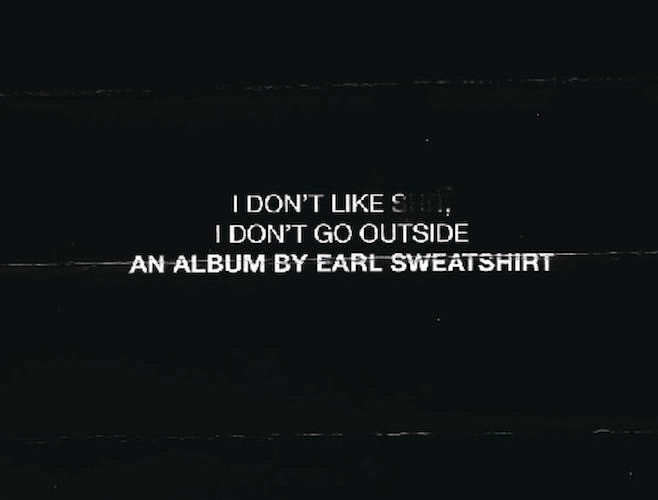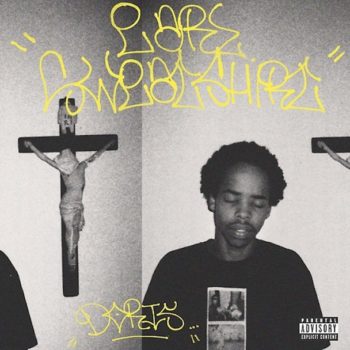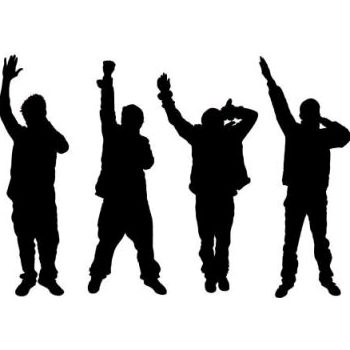The last two weeks have been a highlight for hip-hop music. Within the span of a week, both Action Bronson and Kendrick Lamar released new albums. Earl Sweatshirt dropped a surprise album had his album accidentally released thanks to Sony, so now we have I Don’t Like Shit, I Don’t Go Outside. The album features an of age Earl Sweatshirt rapping over his darkest material to date.
The fact that Earl Sweatshirt recently turned twenty-one is a significant factor in the album’s sound. On the most basic level, Earl’s voice has deepened. But on a deeper level, Earl’s musical aesthetic has deepened as well. He rambles (almost incessantly) with a flow that sounds like past-midnight, drunken mumbling. The instrumentals under his voice sound equally as drunken. This combination makes for a grim album, one that defines Earl aesthetic much more than Doris did.
Odd Future and Earl Sweatshirt’s production isn’t difficult to recognize. Pseudo-jazz chords juxtaposed on top of painfully slow drum patterns have always been a mainstay in Earl’s music. This release features the same kind of production; however, it sounds like every frequency above that of a male voice is absent. Every track’s instruments sit at a slightly uncomfortable middle range. The only two colors present in this album are black, and more black. Instrumentally, I Don’t Like Shit, I Don’t Go Outside sits like a giant mass, swirling with different shades of darkness.
This harmonic black hole’s gravitational pull is so strong it seems to have pulled in Earl’s flows as well. His delivery has slowed down to a pace that’s almost trance-like. Like the aforementioned drunken man’s mumblings after midnight, he goes on to describe his inner-most thoughts. Details of his mental suffering lay side-by-side with lines that question the actions of everyone around him. This isolation is so restricting that it feels like the album is one of the artist talking with himself. Earl Sweatshirt used to play the role of the cynic: he questioned everything, as if only to humor himself. On this album, he plays the role of the tortured soul: the questioning has now become internalized.
The combination of the album’s dark instrumentals and even darker vocals define Earl’s aesthetic very strongly. This, though, is a double-edged sword. The harmonic variation is restricted in such a small range that the album starts to blend into one as tracks flow from one into another. Good musical passages fade in and out like transients and then you find yourself finishing the album without knowing what to latch on to. Even if you like this darkness, how do you find something in a room where everything is a different shade of pitch black?
Everyone seems to be defining him or herself this week. Kendrick Lamar has defined himself as the artsy rapper; Action has defined himself as rap’s old-timer; Earl now defines himself as a spokesman for the depressed. I Don’t Like Shit, I Don’t Go Outside is Earl’s strongest aesthetic statement. It’s over-gained drum patterns, jazzy chords, and deep chanting is dismal. Even the happiest individual in the world would feel sad listening to this album. On the bright side, it only spans a short thirty minutes. Once those thirty minutes have passed, the listener is given respite from the emotional stress. Imagine what it’s like to be Earl, to have no rest from that stress – that is, I Don’t Like Shit, I Don’t Go Outside.






